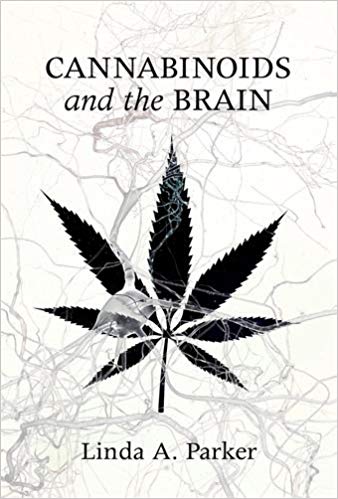 A compound from cannabis could be developed into promising anti-nausea treatments for cancer patients on chemotherapy, suggests a new research paper by University of Guelph scientists.
A compound from cannabis could be developed into promising anti-nausea treatments for cancer patients on chemotherapy, suggests a new research paper by University of Guelph scientists.
Published today in eNeuro, the study is the first to show the specific trigger for nausea – a common symptom of many diseases and a distressing side effect of chemotherapy that is not effectively treated by current drugs – and its suppression by cannabidiol (CBD), a non-psychoactive compound in cannabis.
This research has grabbed international headlines with a story in the Daily Mail as well as other media publications.
The new U of G study may point to better anti-nausea therapies using cannabidiol as well as a novel drug that elevates a natural cannabinoid (2-AG) in the brain region responsible for the sensation of nausea, said psychology professor Linda Parker.
“This work may lead to a host of potential therapeutic benefits,” said Parker, who has studied the pharmacological properties of cannabinoids on brain behaviours for almost two decades.

For this study, she worked with lead author Cheryl Limebeer, a senior research associate in U of G’s Department of Psychology, and post-doc Erin Rock; and Keith Sharkey, a professor in the Department of Physiology and Pharmacology at the University of Calgary and interim director of the Hotchkiss Brain Institute at the Cumming School of Medicine.
Working with rats, the researchers showed that a treatment that causes nausea triggers serotonin release in a region of the brain called the interoceptive insular cortex, and that cannabidiol acts to prevent its release.
The same brain region mediates the sensation of nausea in humans, said Parker. The team also prevented serotonin release in the rat insular cortex using a drug that raises levels of 2-AG, a cannabinoid produced naturally by the brain to reduce nausea symptoms.
“We can trick the brain into making more 2-AG by giving drugs that prevent its breakdown by enzymes in this region of the brain,” said Parker.
“Finally, we have direct evidence that serotonin release in the interoceptive insular cortex turns on nausea and that endocannabinoids turn off the sensation of nausea by reducing the release of serotonin.”
 Doctors already use THC, the psychoactive compound in recreational cannabis, to treat chemotherapy-induced nausea and vomiting.
Doctors already use THC, the psychoactive compound in recreational cannabis, to treat chemotherapy-induced nausea and vomiting.

Parker said the new findings may point to targeted treatment using drugs that boost natural cannabinoids in the insular cortex, avoiding potential effects of THC on other brain areas and functions.
She said THC, CBD and the brain’s endocannabinoid system were discovered by Israel’s Raphael Mechoulam, who works with Parker and who received an honorary doctorate from U of G earlier this year.
This study was supported by the Canadian Institutes of Health Research.
Parker’s book Cannabinoids and the Brain, published by MIT Press, reviews scientific evidence of the effects of cannabinoids on the brain and behaviour, focusing on potential therapeutic applications.